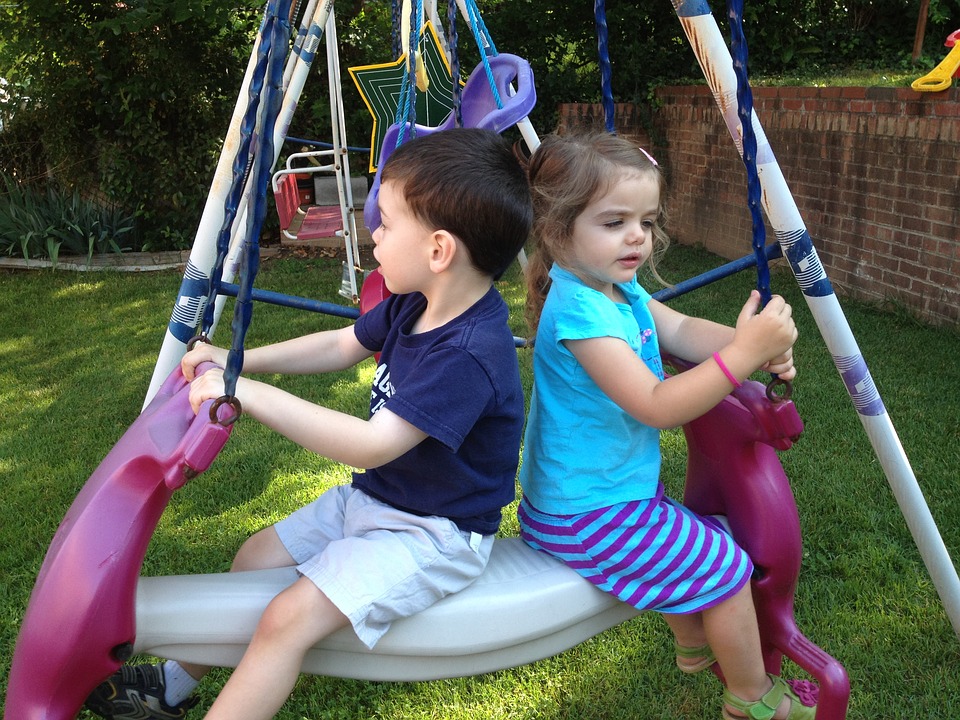Talking with preschoolers has its pros and cons, some funny, enjoyable, while others are difficult. Many preschool kids incline to ask why and say no, most of the time. Then, preschool children are just learning to communicate and having a conversation, and they have their style of learning. The greatest mistake parents make when talking with their child is having high expectations for the first time. Parents need to go slow while talking to their kids.
Though adults can think numerous things at the same, kids cannot process information so fast. Children need guidance from their parents and teachers. Here is how:
-
Labeling feelings and emotions
When it comes to kids in the age group of two and five, they are beginning to understand feelings or emotions for the first time, like happiness, joy, anger, fear, disappointment, and frustration. Now, teachers at childcare centers label these emotions and feelings because they are a huge part of conversations or communication. Let us explain this point with the help of a suitable example. For instance, a teacher says, “It’s too hot outside to play, very disappointing.” Naming or labeling these feelings helps your kid to understand these emotions.
-
Offering limited options when asking some questions
Offering options is essential for kids who like to sense as if they have control over certain circumstances. Then, for preschoolers, it’s perfect for teachers or parents to offer a kid a restricted selection of things when it comes to decision making, according to experts at childcare Auckland and similar facilities.
For instance, a teacher may say, “We’re going to a picnic tomorrow, would you prefer eating chicken sandwiches or bread, butter, and eggs for breakfast?” The teacher might also ask, “Do you like to have marmalade and bread instead with fruit juice?”
Providing children with choices is a great way to engage them in making easy, daily decisions about what they would like to eat, which dress they would love to wear, or which storybook they would love to read. Then, the options should be limited and both teachers and parents should bear in mind this aspect. Limited choices help kids to make the right decision quickly.
-
Go slow with kids
Kids learn slow and not fast, and working parents should realize that going slow with their children is important for precise information processing. It may take a few days or weeks than a parent believes to finish a kid’s homework or reading a bedtime story with small children, and therefore, parents must allow that additional time. That is why teachers at childcare go slowly with kids.
Many parents might feel guilty of achieving too many things at the same time, but going slow is essential for kids between the ages of three to five years. When a kid observes that numerous things are happening simultaneously, it makes it hard for your kiddo to understand if mom and dad give would them the extra time or not.
Conclusion
The conversation should be done in bits with kids and at a slow pace to help them talk freely with parents and teachers. That is how professional teachers at childcare talk with preschoolers.





